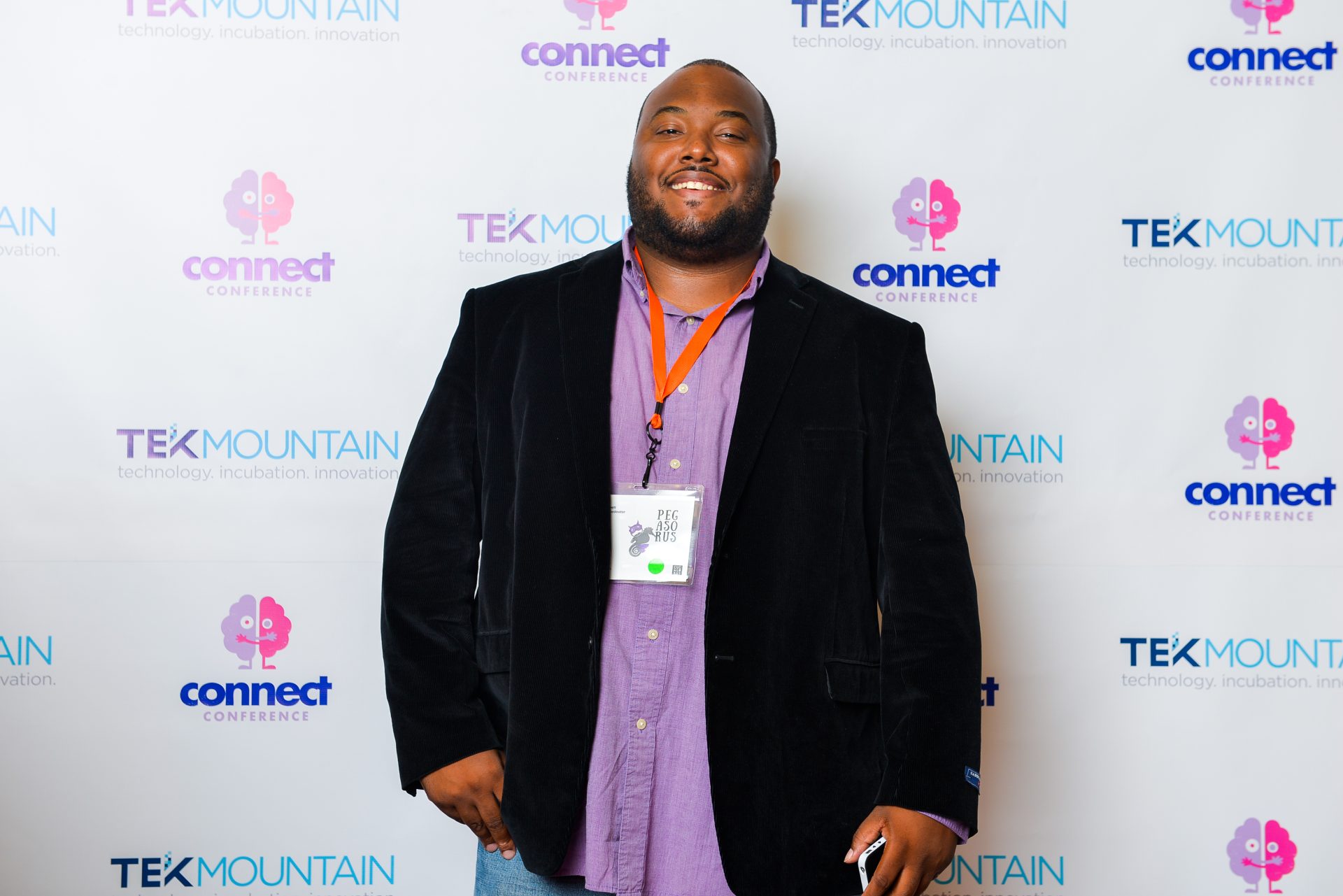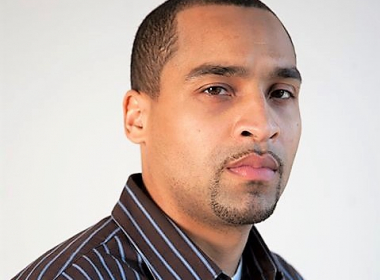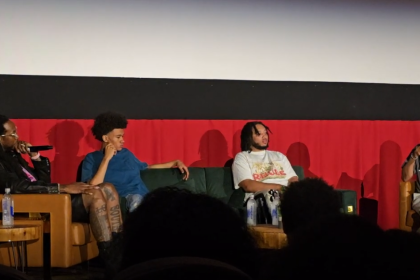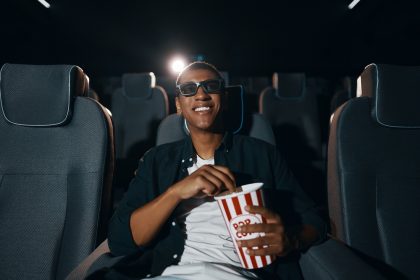
In 1966, a group of young blacks in Oakland, California formed the Black Panthers. It would become one of the country’s largest, self-help organizations to date. The model would spread across America to other metropolitan areas. Founded in response to police harassment, the Black Panthers had a style and mindset all their own. This included social initiatives like the Free Breakfast for School Children program and a diverse membership boasting a majority of women. Using rare footage and candid interviews, renowned documentarian Stanley Nelson’s The Black Panthers: Vanguard of the Revolution provides a never before exploration into all sides of the struggle, including its beginning and its downfall from internal dissension and FBI subversion.
Why is the subject still important?
There are so many things that the Black Panthers called for in their 10 point program: better schools, betters housing, police brutality. Those are all issues that we are still addressing today. That’s what makes the subject important especially in these times. When you look at it, the Panthers were organized to protect themselves from police brutality. We’re living through that same moment now.
What was the most challenging part in the filmmaking process?
The most challenging part in making most films is raising the money. We certainly had a lot against us in just getting funds. Other difficulties were in getting interviews from witnesses, Panthers, FBI, etc. We also had a big challenge of making sure we that had the right balance of people. That was difficult. And after all that, one of the bigger challenges in finishing the film was getting the story down to two hours. We’re talking about seven years put into two hours. So many things happened in that time.
What is the biggest misconception you learned about the Panthers making the movie?
I learned so much when I was making this movie. One thing that I learned was that a majority of the Panther Party were women. I didn’t realize that! I also learned that a lot of the Panthers ended up living in these communes together. Being a Black Panther wasn’t something that you did after work and then go home. You were a Panther 24 hours a day.
I think a huge misconception was that the Panthers were an isolated group and that they didn’t work with other groups. The Black Panthers were involved with Anti War Movement, the Student Movement, the Women’s Movement and more. They were part of that whole era of civil rights. Also, when you look at images (pictures) of the Panthers there’s a tendency to think that they’re older than they really are. People will learn that these were like 19-20 years old. They were practically teenagers.
What do you want audiences to take away from the film?
As a filmmaker, I want people to be to be entertained. I want people to also know that this is a new look at the Black Panther Party. History is not one sided. There are always multiple realities and multiple stories. People who have watched the film have told me “Wow, I didn’t know that… I thought the Panthers were something totally different…” In some way, I want this film to encourage audiences to reconsider the stories told to them. Most people come into the film with some knowledge of the subject matter. This was different from my previous films FREEDOM SUMMER and FREEDOM RIDERS. If you have any thoughts about the Panthers before watching this film, I hope the documentary turns those thoughts on their head.
The Black Panthers: Vanguard of the Revolution runs Sept. 25-Oct. 1, 2015, at the Gene Siskel Film Center, 164 N. State Street | Chicago, IL 60601.
















